Basic BBQ Grilled Bison Burger
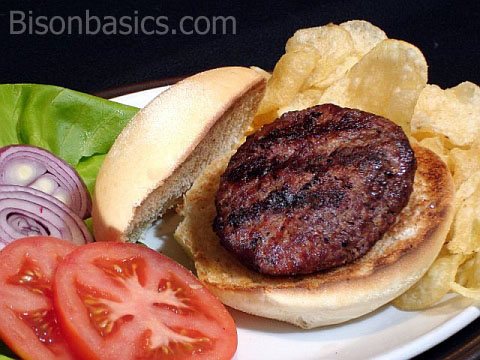
INGREDIENTS
- 2 lbs ground bison, 80 to 90% lean (10 - 20% fat content), medium texture preferred
- 1 - 1 1/4 tsp fine sea salt
- 1/4 - 1/2 tsp freshly ground black pepper
- cooking oil (grape seed, peanut, or sunflower preferred) - DO NOT use Olive Oil as it has a tendency to burn and can give bison an off-taste
DIRECTIONS
- If your ground meat is frozen, allow about 2 days to thaw in the refrigerator. Never thaw meat at room temperature.
- Break the ground bison up into small chunks by hand; spread the chunks evenly over a baking sheet. Sprinkle the ground meat with salt and pepper.
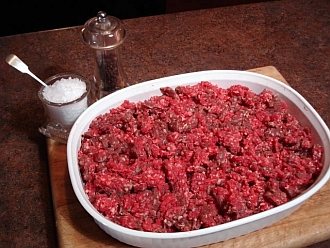
- Shape the seasoned ground into 5 patties measuring about 4 inches in diameter and little over and inch thick. Try not to handle the meat excessively while shaping it into burgers. Over handling or compacting raw ground can result in a cooked burger that just doesn't have the right mouth feel to it. Density is increased and a lack of tenderness may be noticeable.
- Place the formed bison burger patties on a baking sheet or large plate. Cover burgers loosely with some plastic wrap. Refrigerate for a minimum of 2 hours (the longer the better, up to 8 hours is acceptable) to allow the patties to set. Patties can always be made well in advance.
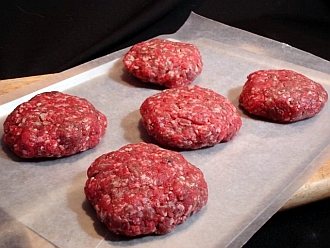
- To be absolutely safe, it is always best to cook ground meat until it is well done - to an internal temperature of at least 160F. At that temperature bacteria that cause food-borne illnesses, such as e-coli and salmonella, are rendered harmless. Bacterial problems are however more common to large scale commercial beef and poultry processing, not the bison industry. Buying bison from a reputable supplier, or GRINDING YOUR OWN AT HOME can minimize risks associated with consuming medium-rare to medium well done burgers (135F to 155F internal meat temperature).
- Like all meats, cooking bison properly is best done with the use of accurate thermometers. Grill surface thermometers (coil or laser), even an inexpensive oven thermometer; can help ensure that your burgers are being cooked in a temperature range that is ideal for ground bison.
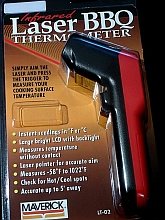
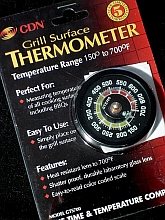
- An instant-read digital stick thermometer is also essential to test for doneness. Although not inexpensive, the Thermapen is tops in design and accuracy. Accurate readings within 1 degree Fahrenheit can be obtained in less than 3 seconds.
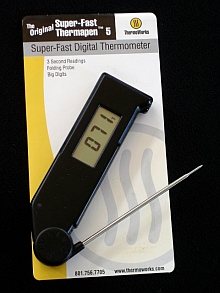
The Science Behind Well Done Burgers
- Using our grilling method will ensure juicy and flavorful well done bison burgers every time. The key is to sear first, but then finish for a longer time at considerably lower temperatures. That way moisture loss, which occurs throughout the entire grilling process, is minimized.
- Searing is done to brown and flavor the exterior of all steaks, chops, and burgers. And from that perspective the searing process works extremely well.
- However, contrary to popular belief, searing cannot prevent moisture loss. True, an exterior crust will form as a result of searing the burgers. But that crust is still porous; it is not watertight. This is very evident when searing bison burgers is continued past the point of medium-rare or medium doneness. A continuous searing heat of 475-500F will of course result in well done bison burgers, but in the process a considerable amount of meat moisture is literally boiled away.
- After the bison burgers are seared over 475 to 500F heat, to help minimize moisture loss they are finished over heat in the 325 to 350F range. And although a well done bison burger can take about 20 minutes to cook properly, the benefits are clearly evident-juicy and flavorful right from the first bite to the last.
- At home, of course one can take the time to do this properly. But you probably won't get the same quality at many restaurants. Like all businesses, time is money in the restaurant biz. And besides, most customers are not prepared to wait over 20 minutes for a reasonably good-sized well done bison burger. Unfortunately what is often served is a bison burger that has been cooked too long over moisture robbing high heat. It won't be moist and juicy like the properly cooked well done home burger; instead it will be drier to the taste and sometimes even lack tenderness.
Grilling Burgers to Well Done
- Preheat one side of the barbecue so that a medium-hot grill surface temperature of 475 to 500F is maintained on that side. Check the temperature with a grill surfaced coil or laser thermometer. An oven thermometer can also be used, but is only accurate if covered for 2 or 3 minutes before the reading is taken. With one side of the barbecue at 475 to 500F, the opposite side of the grill with the lid closed will have a grill surface temperature of approximately 325 to 350F.
- If using charcoal, the hot coals should be distributed on one side of the barbecue so that similar temperatures are maintained - 475 to 500F on the medium-hot side and 325 to 350F on the medium side.
- Brush some cooking oil on the top side of the burgers. Quickly grease the preheated medium hot side of the grill with a rag or paper towel soaked with some cooking oil.
- Except when the burgers are being flipped over, the barbecue lid should remain closed during grilling. Grill the burgers on the medium-hot side for 4 minutes without disturbing. Flip the burgers over and continue to cook on the same side of the grill for another 3 minutes.
- Then shift the burgers over to the medium heat side of the grill well away from the direct heat coming from the fire.
- Cook the burgers for 6 to 7 minutes per side, or until an internal temperature of 155-156F is reached. Best to check temperature with a digital stick thermometer to be sure.
- After coming off the grill allow the burgers to rest for 5 to 10 minutes before serving. Within 2 or 3 minutes of resting the internal temperature of the burger will reach 160F - well done and very safe to eat.
- In our tests, a 90% lean bison burger with a starting raw weight of 6 1/4 ounces finished at 5 ounces when cooked this way. It was 1/2 ounce lighter than our medium-rare/medium burger, but still very juice and flavorful-even after 10 minutes of resting.
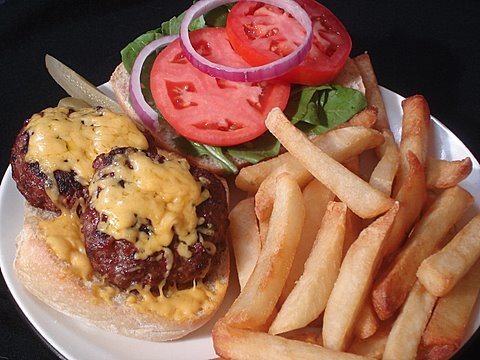
Grilling Bison Burgers to Medium-Rare or Medium Doneness
- Preheat the barbecue grill or prepare charcoal so that a medium-hot grill surface of 475 to 500F is maintained.
- Brush some cooking oil on the top side of the burgers. Quickly grease the preheated grill with a rag or paper towel soaked with some cooking oil. Place the burgers on the pre-heated grill, top side down.
- Except when the burgers are being flipped over, the barbecue lid should remain closed during grilling. Grill burgers for 4 minutes without disturbing. Open the barbecue lid, flip the burgers over and cook the opposite side for 3 minutes.
- Flip the seared burgers twice more over the next 4 to 6 minutes, or until an internal temperature of 135F to 140F is reached. Check with an instant-read digital stick thermometer to be sure. Approximate total cooking time: 11 to 13 minutes.
- After coming off the grill allow the burgers to rest for 5 to 10 minutes before serving.
- In our tests, a 90% lean 6 1/4 oz. bison burger finished at 5 1/2 ounces when cooked to medium-rare/medium doneness. Burgers were best 5 minutes off the grill, but they were acceptably hot and juicy after 10 minutes of resting as well.
Kids Burgers
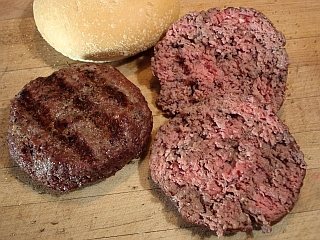
A 5 1/2 ounce burger can still be a lot of meat for some kids, big or small. Different sized burgers could be made and grilled as an alternative. But for the sake of consistent doneness, and less grill chaos, we suggest sticking to this exact recipe with one exception. Once grilled and allowed to rest for at least 5 minutes, where less is better, split the burger horizontally to create two halves of about 3 ounces a piece -- a perfect size for those smaller appetites.
Our Testing Notes
- In our tests, a 90% lean bison burger with a starting raw weight of 6 1/4 ounces finished at 5 ounces when cooked this way. It was 1/2 ounce lighter than our medium-rare/medium burger, but still very juice and flavorful-even after 10 minutes of resting.
- Burgers cooked another 5 or 6 minutes on the medium heat side of the grill reached an internal temperature of 165F - very well done. They had a finish weight of 4 1/2 ounces--almost a 2 ounce loss in moisture. However, these burgers were still acceptably juicy and flavorful.
- Burgers cooked a few minutes longer reached an internal temperature of 175F -- extremely well done. They had a finish weight of 4 1/8 ounces. These burgers were edible, but were clearly less juicy than burgers cooked to 165F.